Have you ever spent ages perfecting your skincare routine and makeup application, only to end up with a patchy foundation, streaky concealer, and textured skin that’s more “textured” than intended? It’s frustrating, especially for beginners and enthusiasts alike. After watching so much edited makeup content online and setting unrealistic expectations from your makeup is fearful. You can achieve healthy even skin with the right kind of skincare and makeup products that suit your skin type. But wanting smooth skin when you have oily skin and pores and texture is so unreal. The prevalence of filters and editing tools on social media platforms like Instagram has blurred the lines of reality, leading to widespread confusion about beauty standards. Beautyspade is here to burst all the misconceptions about this context and tell you how smooth your skin can look in real if you follow a few guidelines.
Product Textures:
The first culprit to consider for textured skin is product texture. Imagine your face as a canvas. You wouldn’t use chunky house paint on a delicate watercolor painting, would you? The same principle applies to makeup.
- Water-Based: Lightweight and thin, these products (like gel moisturizers or lightweight foundations) which provide sheer coverage, are perfect for oily or normal skin, and blend beautifully for a natural unfiltered look.
- Silicone-Based: Offering a smooth, velvety feel, silicone-based products (think primers or heavier foundations) are ideal for dry or combination skin. They create a blurring effect and often have longer wear times.
- Oil-Based: Rich and emollient, these products (like cream blushes or highlighters) are best for dry skin, adding a dewy glow. However, they can be tricky to blend on oily skin.
The key lies in compatibility. When layering products with different textures, start with the thinnest consistency and work your way up. For example, apply a water-based moisturizer, followed by a silicone-based primer, then a water-based foundation. This allows each layer to dry properly and creates a smooth base for blending.
When Ingredients Don’t Play Nice:
Sometimes, even with perfect texture matching, your products might rebel. This is because certain ingredients can clash. While beloved for their smoothening properties, silicones can sometimes repel water-based products. This can lead to pilling (tiny clumps of product) or patchy application. If you suspect this is happening, try using a silicone-free primer or foundation. Combining oil-based products like cream blush with a silicone-based foundation can make blending difficult. Opt for powder or gel blushes for a more seamless look.
Product Overload:
We all want that full-coverage, flawless look, but using too much product can be counterproductive. A thick layer of foundation can settle into fine lines and pores, highlighting textured skin more instead of concealing it. Here’s the golden rule: When the label says “pea-sized,” listen up! Start with that amount and build up if needed for better control and a lighter finish. Use a damp beauty blender or stippling brush for sheer application, adding more product only where needed.
Blending Techniques Matter:
The way you apply your products plays a huge role in how they blend. Rubbing your foundation with your fingers can create streaks and disrupt your base. Instead, use a gentle patting or stippling motion with a damp beauty blender or a stippling brush. These tools press the product into your skin for a seamless finish. If you’re still working on your brush skills, you could be causing too much friction. Instead, your warm fingers or a beauty sponge can help you dab it in rather than cause streaks and pills.
You are not exfoliating my girl:
Makeup doesn’t stay put on dry and flaky skin. Dead skin cells can act as a barrier, preventing your products from adhering smoothly. Regular exfoliation (1-2 times a week) removes this layer, revealing a smoother, more radiant surface for your makeup to glide on. Choose an exfoliant suitable for your skin type – chemical exfoliants for sensitive skin, and physical exfoliants for oily skin. Remember, be gentle and avoid over-exfoliating, which can irritate your skin.
Bonus Tips for Flawless Blending
- Always prep your skin with a primer before applying makeup. It creates a smooth canvas, helps even out skin tone, and allows products to blend more easily.
- Dry, dehydrated skin can make makeup look patchy. Ensure your skin is well-hydrated by using a moisturizer suitable for your skin type.
- After applying your makeup, use a setting spray to lock everything in place and prevent patchiness throughout the day.
Tips for Specific Skin Types:
- Oily Skin: Opt for water-based, oil-free products to prevent makeup from melting throughout the day. Use blotting papers to control shine throughout the day.
- Dry Skin: Choose hydrating formulas and cream-based products for a dewy, natural finish. Apply a hydrating facial mist after makeup application to refresh your skin.
- Combination Skin: Use a mattifying primer in your T-zone (forehead, nose, and chin) and a hydrating moisturizer on drier areas. Apply makeup according to the needs of each zone.
To Conclude Remember, practice makes perfect! Experiment with different product combinations, and application techniques, and find what works best for your unique textured skin. With a little knowledge and practice, you’ll be a blending pro in no time, achieving that flawless, airbrushed finish you’ve always dreamed of.
Also Read:
How ‘Moisture Sandwich’ is a boon for dry skin?
14 Best Toners for Skincare in Summer- Dry and Sensitive Skin!
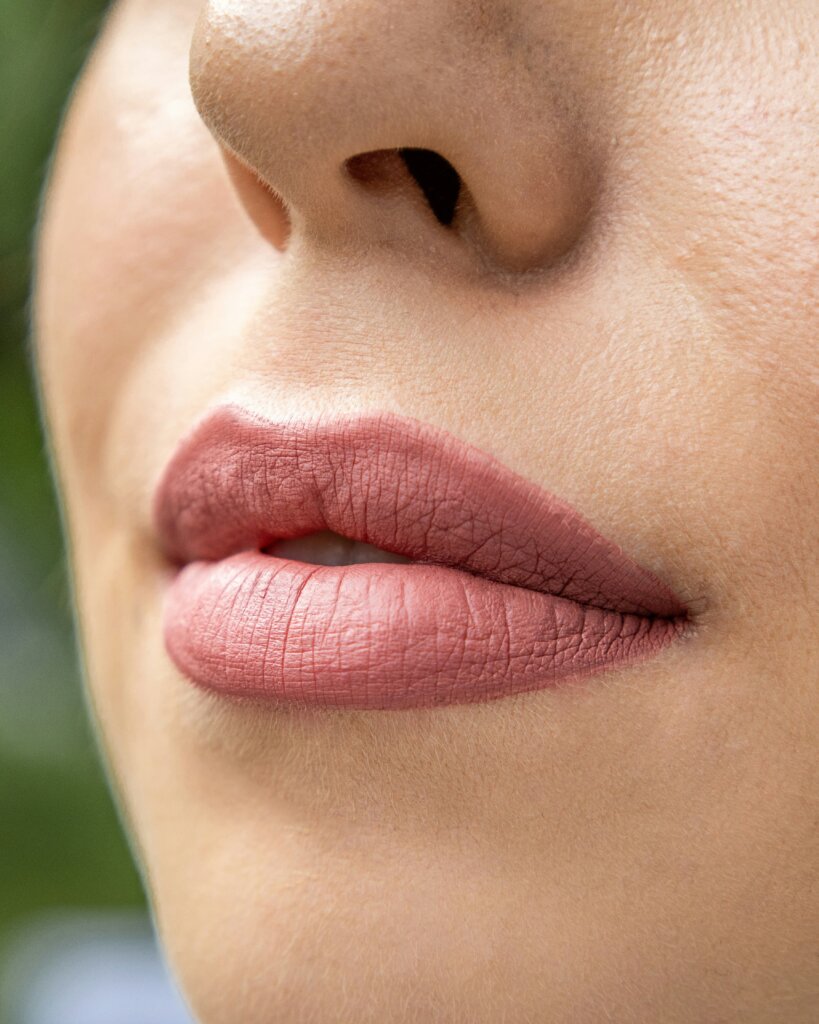
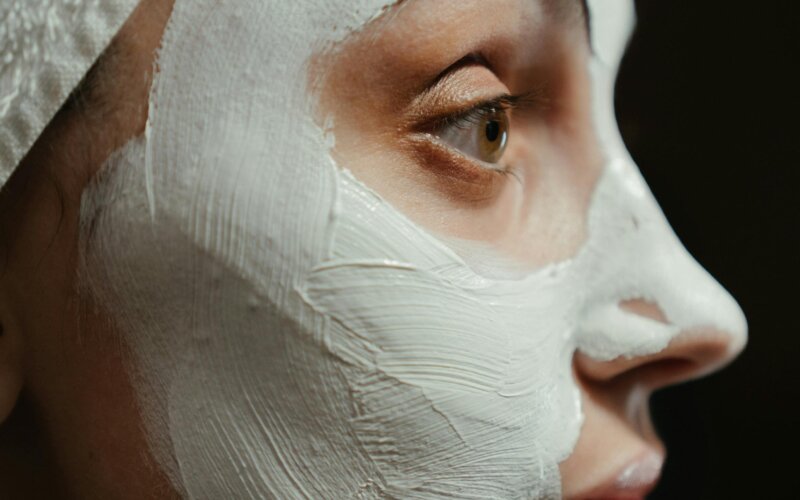
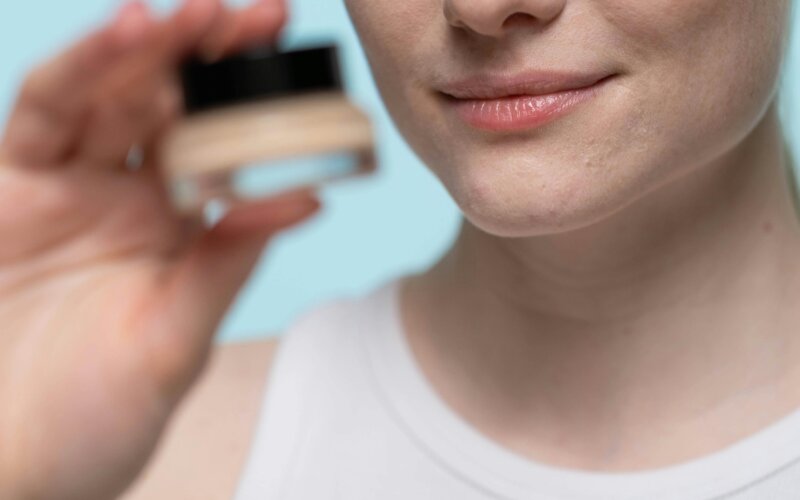
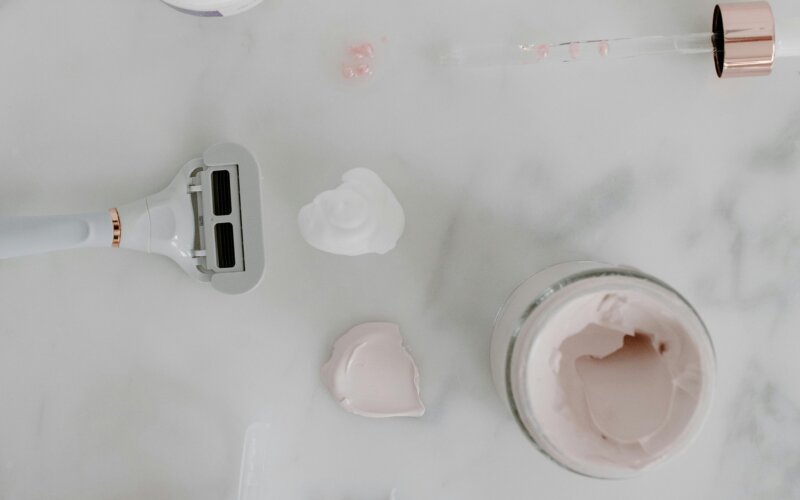
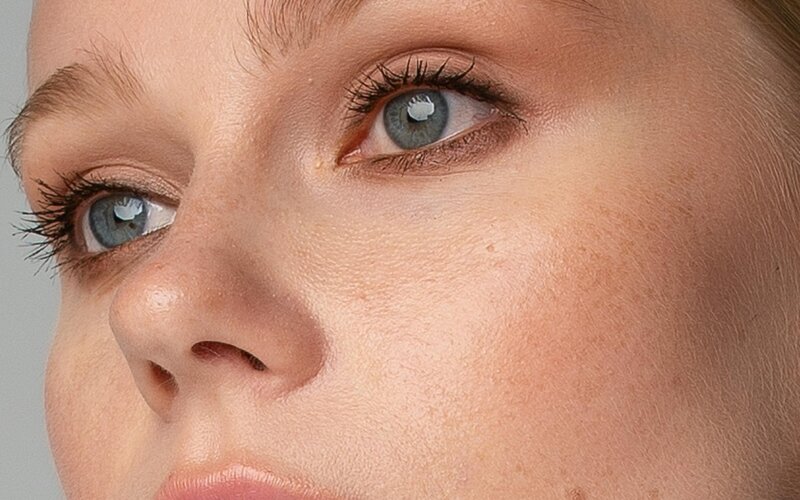
2 Replies to “No more filtered or edited pictures- Textured skin is beautiful!”